Smoking use is still fairly prevalent, despite the best efforts of health organizations such as the CDC, with an estimated number of 28 million Americans partaking in cigarette use. Other than the potential effects it can have on one’s health, pharmacists need to also consider how smoking can affect concurrent drug therapy. Let’s talk about the different concerns that can arise with smoking and smoking cessation and address the question, “Can smoking cause drug interactions?”.
Drug Metabolism
Cigarette smoke has two phases, vapor and particulate, and around 4800 compounds are present in that smoke. Unsurprisingly, these compounds have the potential to interact with drugs in the body. One culprit being polycyclic aromatic hydrocarbons (PAHs) that are produced through incomplete combustion. This compound causes induction, or increased activity, of cytochrome P450 (CYP) enzymes 1A2, 2B6, 2E1, and to a far lesser extent, 3A4 and 2C19. They also have been shown to induce glucuronide conjugation. Due to this increase in metabolism, certain drugs can be cleared from the body too quickly, resulting in subtherapeutic doses. This can play a role the other way around as well when patients stop smoking.
Can Smoking Cessation Cause Drug Interactions?
Due to the elevated CYP1A2 and other enzyme activity in heavy smokers, when patients go through smoking cessation or are in instances where smoking is not an option such as during hospital admissions, the absence of tobacco smoke can affect what dosing a patient should receive for certain medications. This is still a concern even with nicotine replacement therapy, as tobacco smoke is what changes metabolism while nicotine does not affect 1A2 activity. When a patient abruptly discontinues smoking, 1A2 enzyme induction is rapidly reversed and within about a week is at a new steady state. That being said, due to potential genetic polymorphisms present between different individuals and ethnic backgrounds in the 1A2 gene, individual variability among smokers, and even non-smokers, can be present. Regardless, there are some general rules of dosing that can be followed to ensure a patient has a lower chance of receiving possibly toxic doses of a medication due to a cessation in smoking. The table below goes into more detail on these recommendations.
It may not be common knowledge to all patients that smoking can have negative effects on their medication therapy. It is a pharmacist’s role, among other health care professionals, to make sure patients understand the full effects smoking can have. In the same vein of thinking, while smoking cessation can be beneficial to a patient’s health, pharmacists need to be aware of the effects this can have on medication levels in the body. Working with the patient to ensure they understand the signs and symptoms of possible overdoses, and to correct their doses as needed, is crucial to ensure they have a successful journey toward smoking cessation.
Common Drugs Affected by Smoking
| Tobacco Smoke Interaction with Common Drugs | |||
| Drug | Mechanism of Interaction* | Smoking’s Effect on Dosing** | Smoking Cessation Plan |
| Antineoplastic Drugs***(ex: erlotinib) | PK: CYP1A2 inductionPD: PAHs interact w/apoptosis, tumor angiogenesis, host immunity, and chemo sensitivities | Increased | Patients should be advised to stop smoking before treatment initiation – reduce to recommended starting dose |
| Beta Blockers (BBs) | PD: Nicotine mediated central nervous system activation | Increased | Monitor blood pressure and heart rate – may need dose reduction |
| Caffeine | PK: CYP1A2 induction | Increased | Advise patient to lower caffeine intake before smoking cessation |
| Clopidogrel | PK: CYP1A2 & 2B6 induction to active metabolite | No dose adjustment – improved antiplatelet function | Antiplatelet effects can diminish with smoking cessation |
| Clozapine | PK: CYP1A2 induction | Increased | Take/monitor drug levels and lower dose as necessary to avoid toxicity – reduce dose gradually over 1st week by 25% |
| Flecainide | PK: CYP1A2 induction | Increased | Monitor for adverse effects – may need dose reduction |
| Fluvoxamine | PK: CYP1A2 induction | Increased | Routine dose adjustment not recommended but may need lower dose |
| Haloperidol | PD:CYP1A2 induction | Increased | Monitor for adverse effects – may need dose reduction |
| Heparin | PD: smoking has prothrombotic effectsPK: mechanism unknown but increased clearance | Increased | Monitor and adjust with prothrombin labs |
| Inhaled Corticosteroids | PD: suppresses histone deacetylase expression/activation causing inflammatory gene expression and a reduces glucocorticoid function | Increased | Monitor patients breathing and decrease therapy per COPD/asthma guidelines |
| Insulin | PD: increased insulin resistance | Increased | Monitor blood glucose/signs of hypoglycemia – may need dose reduction |
| Olanzapine | PK: CYP1A2 induction | Increased | Monitor levels if available – reduce dose by 25% and monitor patient for further dose reductions if necessary |
| Oral Contraceptives | PD: increases risk of adverse events such associated with combined oral contraceptive pills (thromboembolism, stroke, MI) | Contraindicated in women ≥35 years of age who smoke >15 cigarettes daily – progestin only pill recommended | < 35 years old can restart COP≥35 years old may recommended progestin only pill for a year |
| Theophylline | PK: CYP1A2 induction | Increased | Take/monitor drug levels – may need up to 25-33% dose reduction after 1 week |
| Warfarin | PK: CYP1A2 induction of R isomer | Increased by around 12% | Monitor INR closely and make dose adjustments as needed |
| Methadone | PD: nicotine causes higher levels of beta endorphins in nicotine usersPK: CYP2B6 induction | Increased | Monitor for signs of toxicity – may need dose reduction |
- *PD = pharmacodynamic. PK = pharmacokinetic
- **The general effect that smoking has on a particular drug’s dosing needs
- ***While this example uses erlotinib, there are other antineoplastic drugs that smoking can also affect
This article was written by Emily States, PharmD Candidate in collaboration with Eric Christianson, PharmD, BCPS, BCGP
- 30 medication mistakes PDF
- 18+ Page Drug Interaction PDF
- 10 Commandments of Polypharmacy Webinar based on my experiences in clinical practice
Popular Amazon Books
References:
CDC. Smoking and Tobacco Use Data. https://www.cdc.gov/tobacco.
Smoking and drug interactions. Lucas, C. Martin, J. Australian Prescriber. Volume 36: Number3. June 2013.
Kroon LA. Drug interactions with smoking. Am J Health Syst Pharm. 2007 Sep 15;64(18):1917-21. doi: 10.2146/ajhp060414. PMID: 17823102.
Zevin S, Benowitz NL. Drug interactions with tobacco smoking. An update. Clin Pharmacokinet. 1999 Jun;36(6):425-38. doi: 10.2165/00003088-199936060-00004. PMID: 10427467.
Sanner T & Grimsrud TK. Nicotine: carcinogenicity and effects on response to cancer treatment – a review. Front Oncol 2015;5:196. doi: 10.3389/fonc.2015.00196
Zevin S, Benowitz NL. Drug interactions with tobacco smoking. Clin Pharmacokinet. 1999;36:425-438. Copyright © 1999-2019 The Regents of the University of California
NHS. What are the clinically significant drug interactions with tobacco smoking? https://www.sps.nhs.uk/wp-content/uploads/2020/03/UKMi_QA_Interactions-with-tobacco_update_Jul-2020.pdf
Drug Interactions with Tobacco Smoke, Rx for Change, 2019. https://smokingcessationleadership.ucsf.edu/factsheets/drug-interactions-tobacco-smoke-rx-change-2019.
Petros WP, Younis IR, Ford JN, Weed SA. Effects of tobacco smoking and nicotine on cancer treatment. Pharmacotherapy. 2012 Oct;32(10):920-31. doi: 10.1002/j.1875-9114.2012.01117. PMID: 23033231; PMCID: PMC3499669.
Allen AM, Weinberger AH, Wetherill RR, Howe CL, McKee SA. Oral Contraceptives and Cigarette Smoking: A Review of the Literature and Future Directions. Nicotine Tob Res. 2019 Apr 17;21(5):592-601. doi: 10.1093/ntr/ntx258. PMID: 29165663; PMCID: PMC6468133.
Chaudhuri R, Livingston E, McMahon AD, Lafferty J, Fraser I, Spears M, McSharry CP, Thomson NC. Effects of smoking cessation on lung function and airway inflammation in smokers with asthma. Am J Respir Crit Care Med. 2006 Jul 15;174(2):127-33. doi: 10.1164/rccm.200510-1589OC. Epub 2006 Apr 27. PMID: 16645173.
🍂🍁

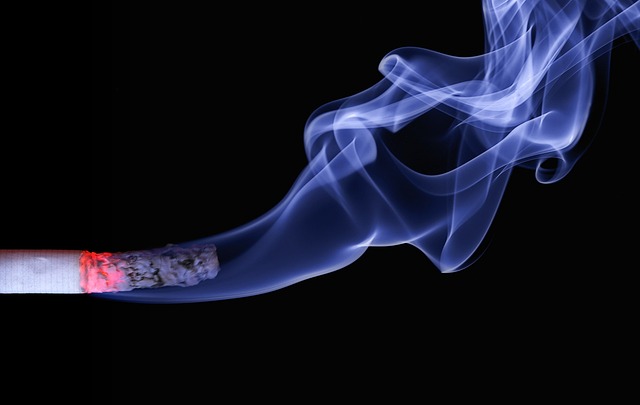


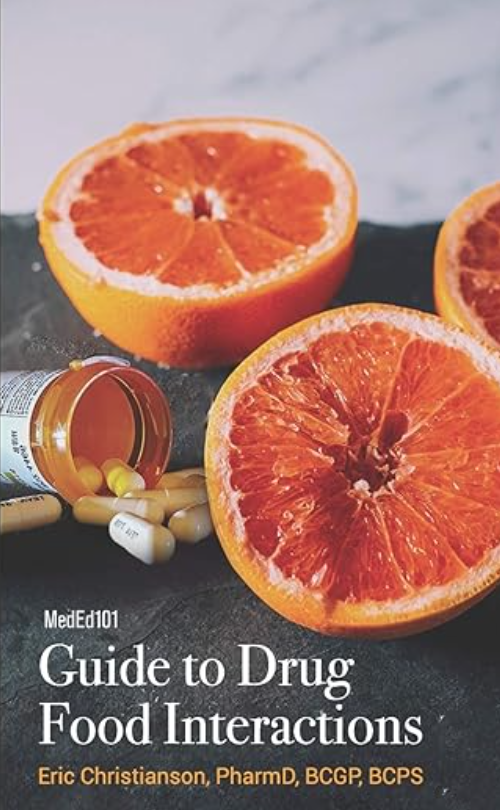
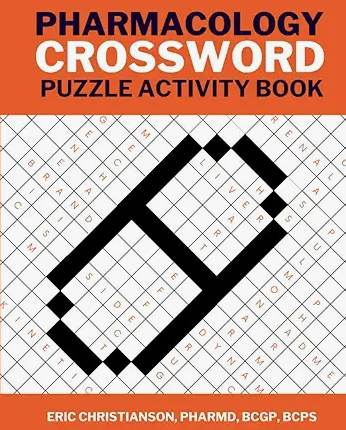
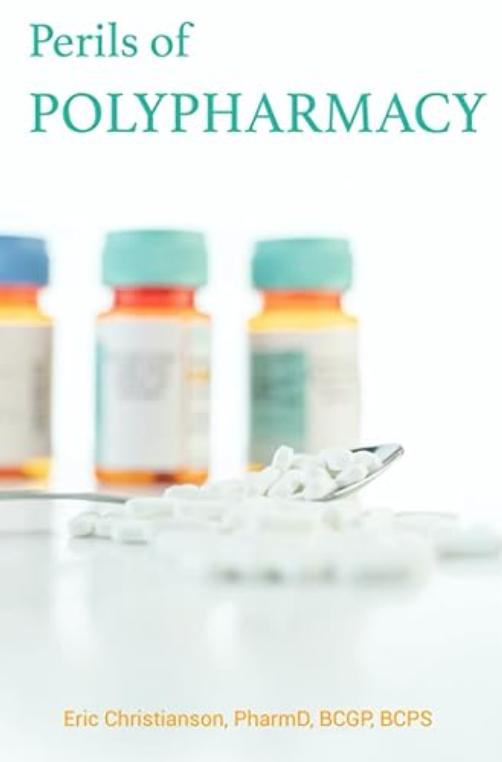
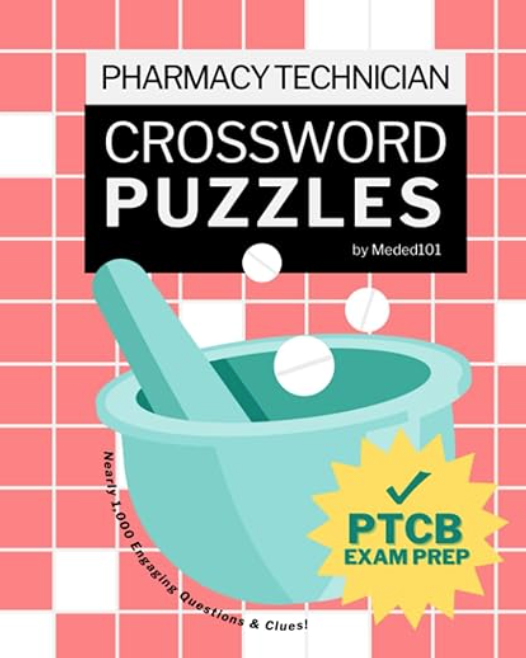

0 Comments